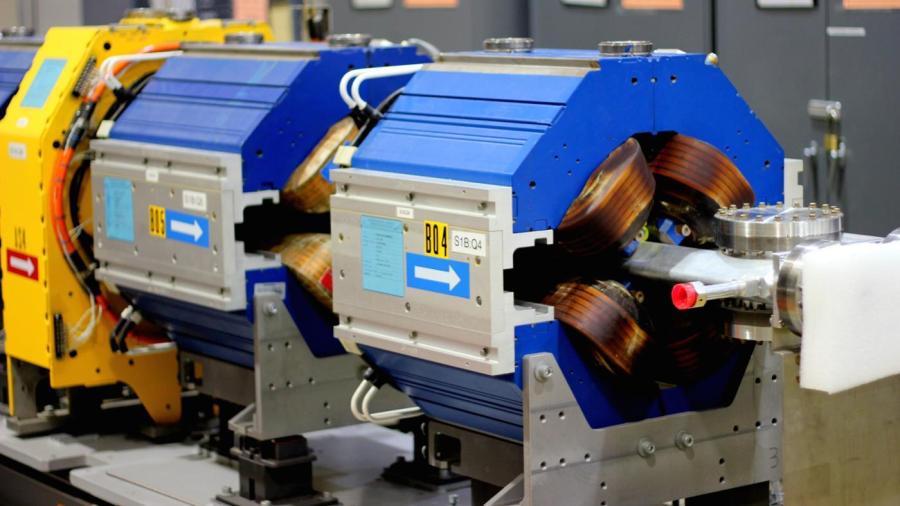What Can Electromagnets Be Used For?

Electromagnets are temporary magnets which have a magnetic field only when current passes through them. Some everyday applications of electromagnets include generators, motors, microphones, loudspeakers and cranes. Electromagnets are also used in scientific equipment such as particle accelerators, mass spectrometers and NMR (Nuclear Magnetic Resonance) spectrometers.
Electromagnets are constructed by passing current through a coil of wire that may be wound around a central metal core. When current passes through the coil, it acts like a magnet and the magnetic field can be turned on or off with the current. The direction of the magnetic poles can also be reversed by reversing the direction of current.
Maglev trains work using electromagnets to hover the train above the tracks and change the polarity of the electromagnets in the tracks to help the train move forward. Particle accelerators also use electromagnets to accelerate charged particles by rapidly changing the polarity of the magnet.
Electric motors in appliances such as fans use electromagnets to do work. Current from the socket reaches the electromagnet, which moves and does work. Cranes in junkyards use electromagnets to lift scrap metal. When current flows through the magnet, the crane lifts the metal. After moving the metal to the desired location, the current is turned off to drop the metal. Magnetic Resonance Imaging (MRI) machines use electromagnets to capture images of the human body in a non invasive manner.





